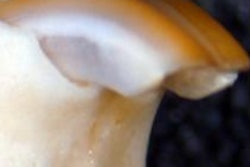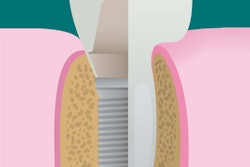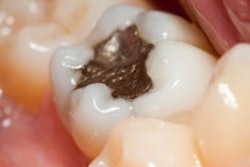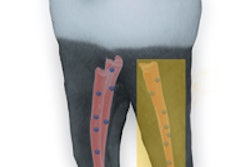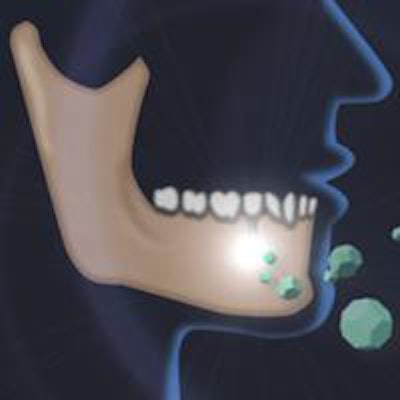
Researchers at the University of California, Los Angeles (UCLA) have discovered that diamonds on a much, much smaller scale than those used in jewelry could be used to promote bone growth and the durability of dental implants.
Nanodiamonds, which are created as byproducts of conventional mining and refining operations, are approximately 4 to 5 nanometers (nm) in diameter and are shaped like tiny soccer balls. Scientists from the UCLA School of Dentistry, the UCLA Department of Bioengineering, and Northwestern University, along with collaborators at the NanoCarbon Research Institute in Japan, may have found a way to use them to improve bone growth and combat osteonecrosis (Journal of Dental Research, September 17, 2013).
"Overall, we find that [nanodiamonds] provide an effective injectable alternative for the delivery of BMP-2 [bone morphogenetic protein 2] and bFGF [basic fibroblast growth factor] to promote bone formation," wrote the study authors, led by Dean Ho, PhD, a professor of oral biology and medicine and also co-director of the Jane and Jerry Weintraub Center for Reconstructive Biotechnology at the UCLA School of Dentistry.
“Nanodiamonds can be bound to a broad range of therapeutics for cancer therapy (e.g. oral/head/neck cancer), regenerative medicine (bone growth), and imaging (remarkable increases in MRI efficiency),” Ho wrote in an email to DrBicuspid. “As nanodiamonds are carbon-based, and current studies show that they appear to be well-tolerated, there could be several applications where nanodiamonds can benefit the field.”
During bone repair operations, doctors insert a sponge through invasive surgery to locally administer proteins that promote bone growth, such as BMPs. Ho's team discovered that using nanodiamonds to deliver these proteins has the potential to be more effective than conventional approaches.
The researchers found that nanodiamonds, which are invisible to the human eye, bind rapidly to both bone morphogenetic protein and fibroblast growth factor, demonstrating that the proteins can be simultaneously delivered using one vehicle. The unique surface of the diamonds allows the proteins to be delivered more slowly, which may allow the affected area to be treated for a longer period of time.
Furthermore, the nanodiamonds can be administered noninvasively, such as by an injection or an oral rinse.
“Conventional processing techniques have rendered them effective as drug delivery and imaging agents,” Ho explained. “Current strategies are being developed to markedly reduce their cost of production, which are not as expensive as the name of the material might suggest. This has been the foundation for a rapid increase in nanodiamond suppliers from all over the world.”
 Researchers found that nanodiamonds bind rapidly to both bone morphogenetic protein and fibroblast growth factor. Image courtesy of UCLA.
Researchers found that nanodiamonds bind rapidly to both bone morphogenetic protein and fibroblast growth factor. Image courtesy of UCLA.Laura Moore, first author on the study and a medical-doctoral student at Northwestern University under the mentorship of Ho, explained that the team conducted several comprehensive studies, in both cells and animal models, looking at the safety of the nanodiamond particles. These initial studies indicate that they are well-tolerated, which further increases their potential in dental and bone repair applications.
Ho, who is also professor of bioengineering and a member of the Jonsson Comprehensive Cancer Center and the California NanoSystems Institute, said that nanodiamonds are "versatile platforms" that have the potential to impact several other facets of oral, maxillofacial, and orthopedic surgery and regenerative medicine.
"Nanodiamonds have been developed as injectable materials to be non-invasive, or as washes," Ho noted. "This serves as a foundation for a translational roadmap towards clinical application."
Ho's team previously showed that nanodiamonds in preclinical models were effective at treating multiple forms of cancer. Because osteonecrosis can be a side effect of chemotherapy, the group decided to examine whether nanodiamonds might help treat the bone loss as well. Results from the new study could open the door for this versatile material to be used to address multiple challenges in drug delivery, regenerative medicine, and other fields.




